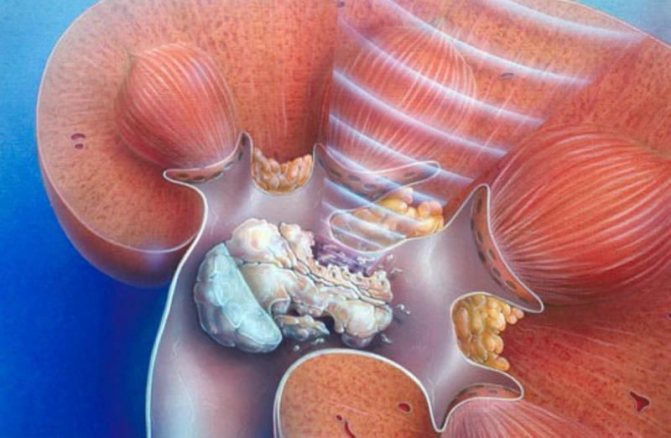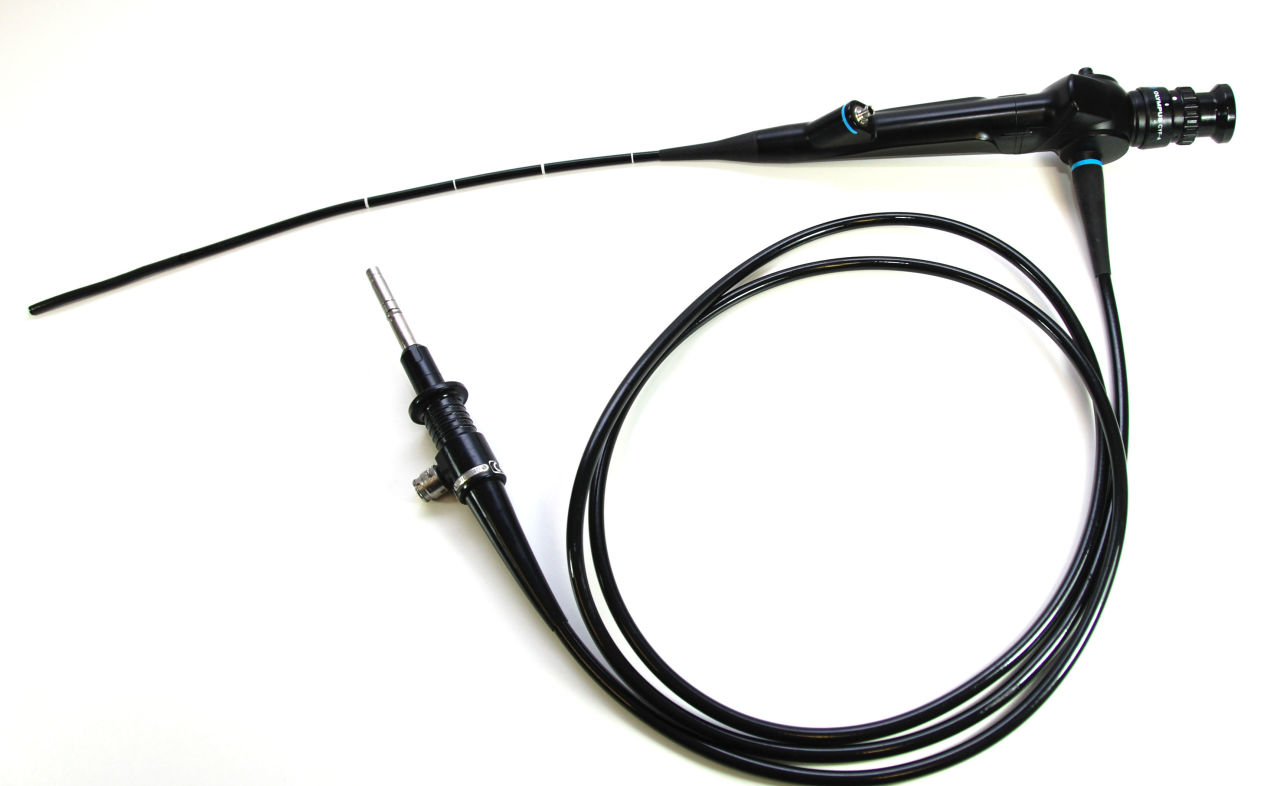- PNL (Percutan nephrolitotomy): This surgery is often performed under general anesthesia. During the operation, a path extending into the kidney from a 1cm incision from the back of the patients is formed and the camera is entered into the kidney with camera-assisted devices (nephroscope) through the tube placed on this path. Stones in the kidney are broken down and taken out.
In case the stones fill different calyces of the kidney, it may not be possible to reach all stones from a single tube, despite the flexible devices you have. In such cases, it may be necessary to make more than one entry to the kidney. This additional intervention decision is a decision that the surgeon will make during the operation according to his experience. At the end of the procedure, a tube (nephrostomy) is mostly placed in the patient’s kidney to ensure a safe flow of urine and to resolve edema.
The most important complication of the procedure is bleeding. Puncturing the kidney, which has a very dense blood supply, with a tube carries the risk of bleeding. But the structures around the kidney limit this bleeding in a short time. While blood transfusion is required in approximately 7% of patients after PNL operations; In 0.5%, bleeding that requires intervention occurs. This surgery is not performed when using the drug in patients with bleeding disorders or using anticoagulant or antiagregant drugs due to the risk of bleeding.
One of the important complications of this surgery is infection. Therefore, in patients with urinary tract infections, this surgery should be delayed and should be done after the infection is completely cured.
Despite all these, PNL surgery is one of the most reliable and effective treatment methods known today, especially for large stones.
- Laparoscopic stone surgery: Laparoscopic method can also be applied safely in selected cases of kidney stones.
What are the treatment options for ureteral stones?
- Follow-up: 95% of stones up to 4 mm fall spontaneously within 40 days. Generally, follow-up up to 30 days is recommended (1st, 14th and 30th days are called for control). Follow-up is not recommended in case of infection, complete obstruction (worsening kidney function) and refractory pain. Addition of Medical Expulsive Therapy (alpha blocker drugs) is recommended because it will facilitate stone removal.
- ESWL (stone breaking with shock wave): The effectiveness of ESWL in ureteral stones decreases as it descends from the kidney to the bladder. Again, as the size of the stone increases, the stone-free rates decrease.
- URS (ureterorenoscopy): Semirigitis or flexible ureteroscopes can be used in the treatment of ureteral stones. The success of URS increases as the stone size decreases and descends from the kidney to the bladder.
- PNL (Percutaneous Nephrolithotomy): PNL has a limited place in ureteric stones. PNL is a method that can be successfully applied in proximal ureter stones.
- Laparoscopic: The laparoscopic approach is a successfully applied method with high stone-free rates, especially in large ureteral stones.
Treatment for kidney stones with different anatomy?
In many congenital anomalies of the kidney such as horseshoe kidney, pelvic kidney, ectopic fusion kidney, kidney with rotation anomaly, the treatment of stone disease is special and experience is very important in the decision of treatment. In these patients, the most appropriate treatment option is applied according to the localization of the stone in the kidney, the localization of the kidney in the abdomen and the patient’s additional diseases.
Which stones should be treated?
If the ureter stones are large (stones larger than 1 cm are not expected to fall spontaneously, although there is no definite limit for a large definition), or if they completely obstruct the flow of urine, cause pain, have a single kidney or have stones in both ureters, surgical treatment is required for these stones. . In the presence of sepsis or pionephrosis (kidney filling with pus), after the infection treatment is completed by placing a stent (nephrostomy or ureteral stent), the stone surgery will significantly reduce the risk of the procedure.
If the kidney stone is large (> 2 cm), causes pain, obstructs urine flow, and if the kidney is anatomically / functionally affected, these stones should be intervened. The localization of the stone in the kidney, the shape and location of the kidney, and additional disorders of the patient guide us to decide apropriate surgical method.
Who should be investigated to detect the causes of stone formation?
Metaboic evaluation should definitely be performed in childhood stone patients, patients with recurrent stone history, patients with single kidney stones, family history, and patients with suspected hereditary stone disease.
Is there any drug treatment for stone disease?
Drug treatments have a place in stone disease. Although there are treatments (medical expulsive therapy) available to facilitate the fall of ureter stones in this area, there are also treatment methods (medical prophylaxis) used to reduce the risk of stone recurrence. Preventive treatment can be planned according to the underlying metabolic cause and stone analysis result.





